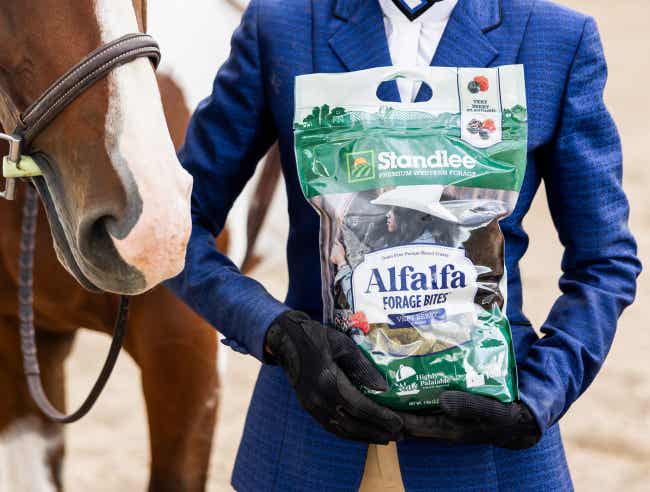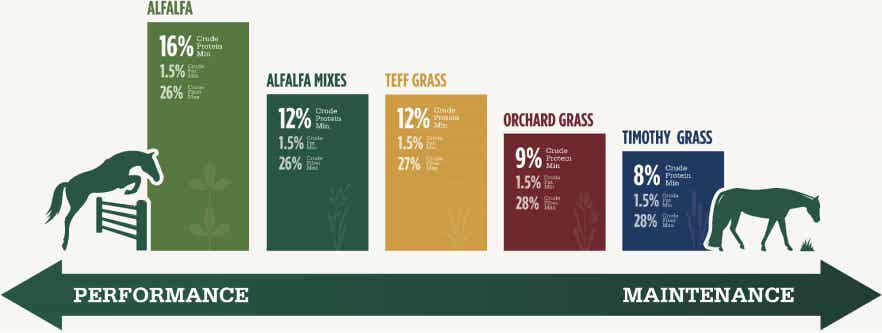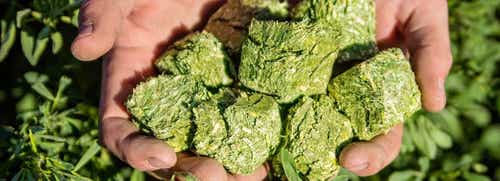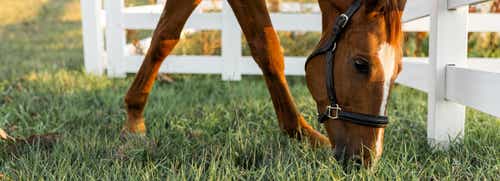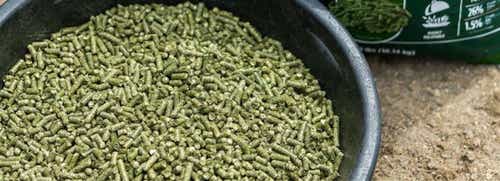The Scoop on Hay Cubes for Horses
Are you curious about hay cubes? Whether you’re a beginner horse owner or veteran lifelong owner of horses the post below will give you the scoop on Standlee cubes, made with premium western quality forage. How Standlee Makes Cubes Hay cubes consist of dried forage, such as alfalfa, that is formed into 1.25” wide x 2.5” long rectangular pieces. To make a cube, Standlee Premium Products first grows...


